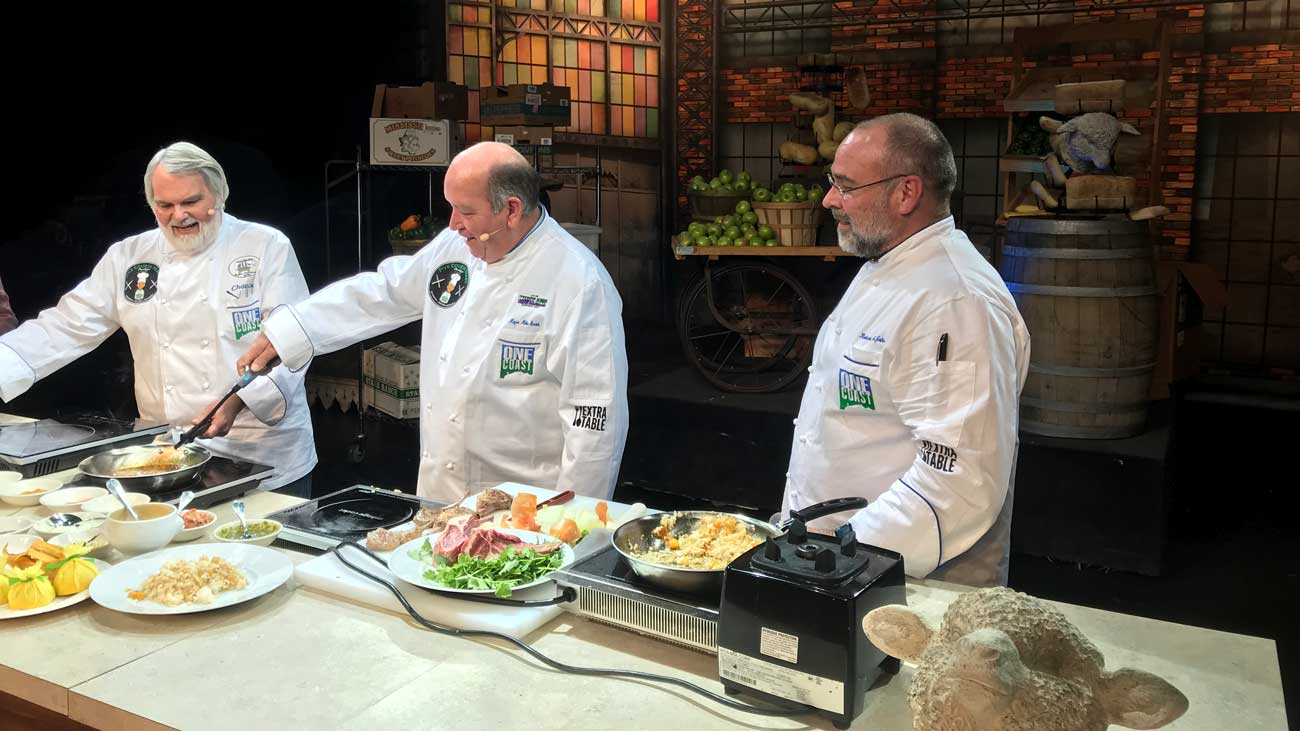As I write, I am a week or so away from opening a new restaurant.
I was a part of three new restaurant openings early in my foodservice career, and this will be the twelfth restaurant opening I’ve been a part of— as an owner— in the last 24 years. So, for those who are counting, that’s 15 openings— and lots of stressful days and hair loss— in the last 30 years.
However, this is my first Italian restaurant. It’s a concept I’ve been working on for over a decade. Over the last 18 months my two business partners and I have been doing extensive research at Italian restaurants all over the country.
There have been good meals and mediocre meals. Though I’ve only had one “bad” meal in an Italian restaurant during the entire period.
I’ll go ahead save you an email and answer the question: Today, my favorite Italian restaurant in the country is Becco on 46th between 8th and 9th in Manhattan. Good stuff, that.
All of the restaurants I’ve visited were different. Some were small, red-checkered tablecloth joints that had been operated by the same family for three generations; others were fine dining establishments in rooms large and small. I like the intimate, casual places best.
There was one common denominator among all of the best Italian restaurants I visited— San Marzano tomatoes.
I had always heard about San Marzano tomatoes, but was skeptical, and looked at that particular variety’s popularity among the best Italian restaurants as a well-orchestrated marketing campaign. I was wrong. Very wrong.
San Marzano tomatoes are the best sauce tomatoes in the world. Period. Even canned, they are better than 95% of fresh tomatoes for a sauce application. Let that sink in for a minute— canned tomatoes better than fresh— it’s true, especially for sauce.
Tomatoes are a fruit, and factors such as soil and climate have a huge impact on the quality of the fruit. The reason grapes do so well in the Napa Valley or Loire Valley is because of the soil, climate, and local topography. It’s the same for San Marzano tomatoes in their specific corner of the world. The Campanga region of Italy is to tomatoes, what the Cote d’Or region of France is to grapes.
This specific variety of Italian plum tomato is grown in the rich volcanic soil of a large, flat valley at the foot of Mount Vesuvius, just the exact distance from the Mediterranean Sea needed to produce the sweetest sauce tomato in the world.
The valley’s soil is covered in deep, soft volcanic material with high amounts of potassium, phosphorus, and organic material. This leads to a sweeter, less acidic tomato— which ultimately leads to a richer, less acidic sauce.
All one has to do is open a can of regular tomatoes and place it next to a can of San Marzano tomatoes to tell the difference. The San Marzanos almost look as if they were packed in a heavy, crimson tomato paste, whereas the standard, run-of-the-mill tomatoes are packed in a weak liquid full of water.
Ultimately, it’s the taste test that won me over. San Marzanos just taste better. If you want to make the best tomato sauce at home, you need to buy San Marzano tomatoes at your local grocery store. Make sure they are “true” San Marzano tomatoes grown and packed in Italy and not “San Marzano style.” There are even companies that claim to can “true” San Marzanos, and some are doing it in other parts of Italy, but to make sure you are getting the real deal look for a D.O.P. (Denominazione d’Origine Protetta) certification on the can.
Opening a new restaurant is one of the most stressful things one will ever do. Though, like surrounding oneself with quality people, if you fill the pantry with quality ingredients— like San Marzano tomatoes— the job is a lot easier.
Tomato Sauce 2 (no meat)
1 /4 cup Extra Virgin Olive oil
2 cups Onion, small dice
2 cups Carrots, shredded and chopped fine
1 /3 cup Fresh Garlic, minced
2 tsp Basil, dry
1 tsp Oregano, dry
2 Bay leaves
2 tsp Salt
2 tsp Black pepper, fresh ground
6 oz can Tomato paste
3-28 oz cans San Marzano Tomatoes, run through a food mill
1 1 /2 cups Water
1 tsp Balsamic vinegar
In a large heavy duty saucepot, heat olive oil over medium heat. Add onions, carrots and garlic. Cook vegetables 10 minutes stirring often. Add herbs and tomato paste and cook for five to six minutes (This helps to caramelize the tomato paste resulting in a sweeter tomato sauce). Add remaining tomato products and the water. Turn heat to low (very low). Allow sauce to cook for 3 1 /2 hours, stirring often. Add vinegar. Yield: approximately three quarts.
Sauce is best after two or three days in the refrigerator. Sauce freezes well.



